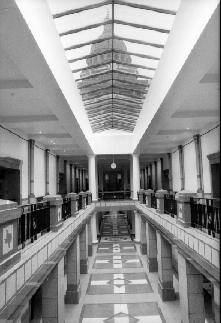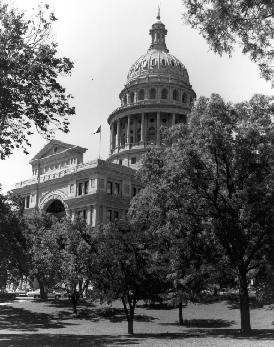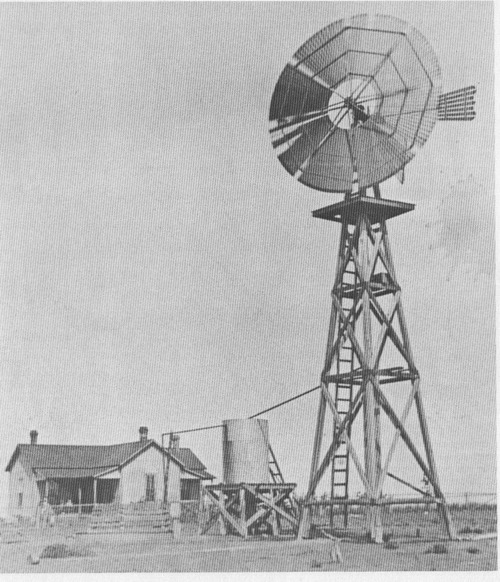The XIT Ranch: Far from a Myth, its Legacy is as Rich as Texas Itself
If you’ve been to the Texas State Capitol in Austin and dove into its rich history, you likely heard about the XIT Ranch, a swath of land stretching across the Panhandle that, while short-lived as a massive cattle ranch, is the reason we have such an awe-inspiring Capitol.
As the story goes, state legislators in the 1870s groaned over the fact that the then-Capitol building was too cramped. They had outgrown it, and a plan needed to be put into place for a new building. But not just any building — the new edifice needed to represent Texas’s heart, ingenuity, and heritage so that it would envy every remaining state. What followed is a grand structure approximately 566 feet in length, 288 feet in width, and 302.64 feet from grade line to the top of the star on the Goddess of Liberty atop the dome. According to texas.gov, it is still the largest of all domed state capitol buildings and is second in total size only to the National Capitol in Washington, D.C.


To fund such an aggressive project and ultimately make it a reality, the 17th Texas Legislature struck a unique deal with Chicago businessmen Charles B. Farwell and John V. Farwell. It went something like this: you build our new $3,000,000.00 building, and in exchange, you get 3,000,000 acres of land in the Texas Panhandle as compensation.
State officials saw the land as worthless. What it became and the mythology surrounding it is still written about, photographed, and memorialized by historians today.
What’s so special about the XIT Ranch? For starters, its size is the stuff of legends. The more than 3,000,000 acres of raw land ran for 200 miles along the border with New Mexico and varied in width from 20 to 30 miles while encompassing Dallam, Harley, Oldham, Deaf Smith, Parmer, Castro, Bailey, Lamb, Cochran, and Hockley Counties.
Once it was fenced in, it became the largest fenced ranch in the world and the largest fence-building project in American history — including one fence that ran 150 miles without a single turn. The “X” in XIT is rumored to represent the ten counties that encompassed the property. And the “I” and “T” are supposed to represent “in Texas.” Put it all together, and you have a ranch that spans ten counties in Texas.

The XIT Ranch operated from 1885 to 1912, with the first longhorns arriving that year. It was home to more than 100 cowboys and, with cowpunchers, well drillers, windmill toilers, freighters, and more, became a full-blown business and reportedly handled 150,000 head of cattle regularly.
As famed playwright Andy Wilkinson once wrote at length in Charlie Goodnight’s Last Night, “When you let all the big winds about the fabled ranch drift off into the sunset, what still remains is a spread of 3 million acres, 1,500 miles of barbed wire, tens of thousands of cattle, and enough outlaws and heroes and honest-to-goodness cowhands to populate all the rangeland myths of the American West.”

While the sprawling and massive XIT Ranch is long gone, its memory will not be forgotten anytime soon. Dalhart is home to the XIT Museum and the annual XIT Rodeo and Reunion, known as “the world’s largest free barbecue.” Several businesses in that area have adopted XIT into their names over the years.
Over the years, countless historical books, articles, and documentaries depict the XIT Ranch legacy. At least two songs, Charlie Rutlage and 6,000 miles of wire honor the ranch’s tales and history.
If you enjoyed this article, check out Shorty’s Caboy Hattery celebrates 30 years as a world-renowned hat maker And . There’s a push toward outside event venues, and a custom-made windmill ceiling fan would look pretty nice in many of those unique spaces.
